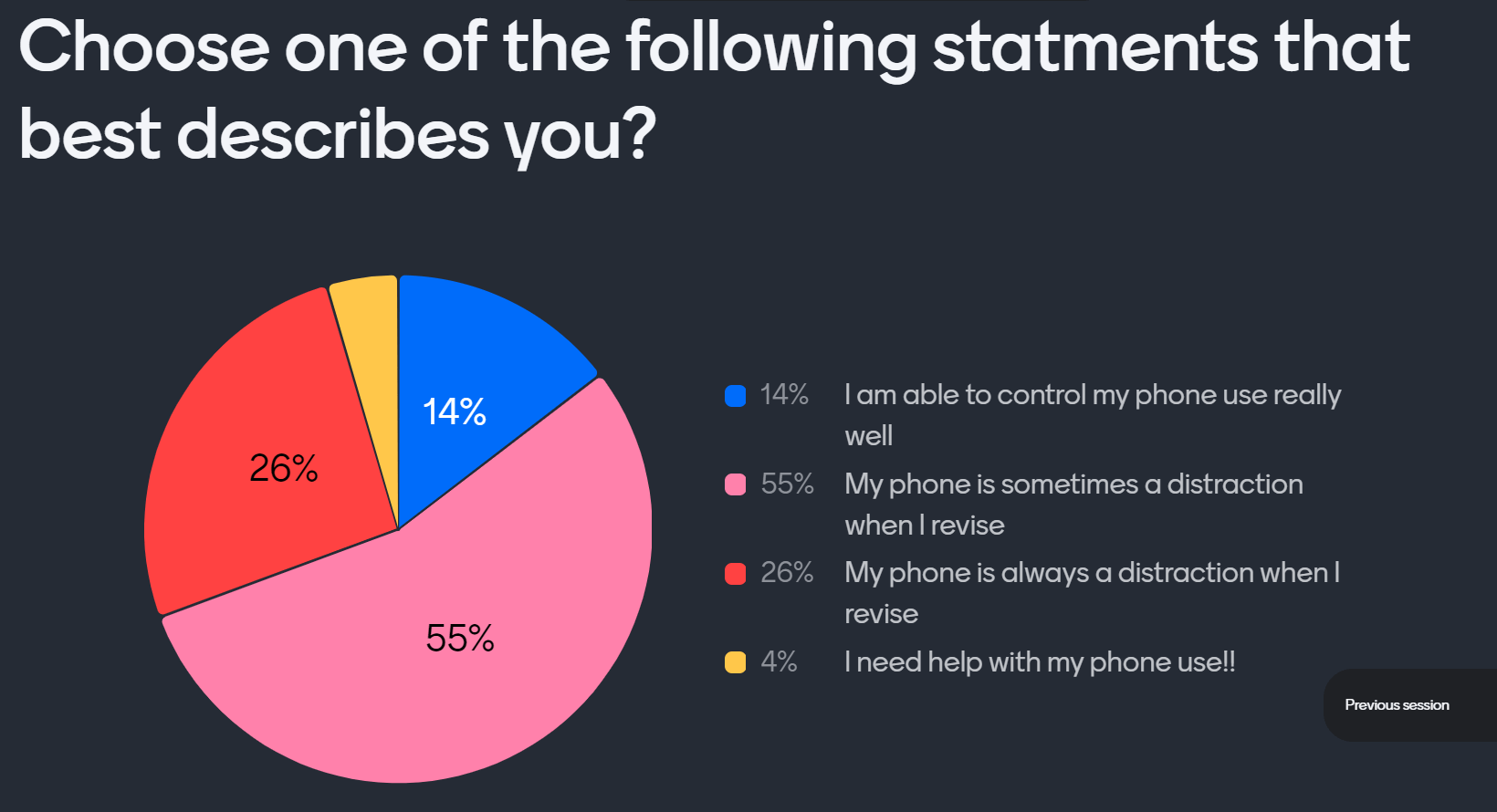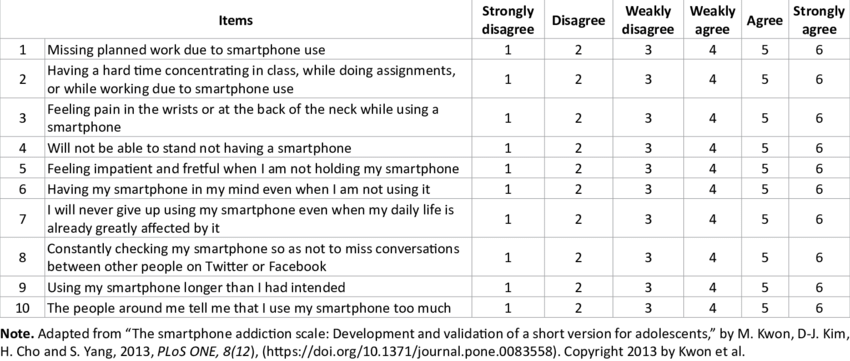Environment Design -
Part 2 - Digital Environment
Our updated slide decks offer you two options:
-
Opt for the concise version of the deck, which presents the essential key takeaways without any included activities. (10-20mins)
-
Alternatively, choose the comprehensive version, which provides additional context, incorporates session-specific activities, timers, and more. (30-50mins)
Translate these slides
Environment Design -
Part 2 - "Digital Environment"
PRACTICE

Our own survey, of students across the UK found the following ....
How does this compare to your class results?
In our study only 14% of students stated that they could control their phone use well
...30% of students stated that their phone was always a distraction, or that they needed help with their phone use.
25 Min Sprint

Cal Newport - Digital Minimalism
Cal Newport, author of Digital Minimalism and Deep Work, explains the psychology of attention, and the impact of our constant need for distraction.
Often it is the habits we have formed around our devices which disrupt our concentration and flow the most.
The following example shows the 4 stages of habit formation, with 2 common phone examples.
Discuss this,and your own, experience of phone distraction and bad digital habits.
Have any of your friends got any good strategies to break their device habits?
Breaking Digital Habits
Problem Phase
Solution Phase
1. Cue
2. Craving
3. Response
4. Reward
Your phone buzzes with a text message
You want to learn the contents of the message
You grab your phone and read the text
Your craving is satisfied. Grabbing your phone becomes associated with your phone buzzing
You hit a stumbling block on a project at work
You feel stuck and want to relieve your frustration
You pull out your phone and start scrolling through social media
Checking social media becomes associated with feeling stalled and frustrated when you are working
Excerpt from "Atomic Habits"
- James Clear
ENVIRONMENT AUDIT
Physical Environment
Digital Environment
-
Where is your phone when you work?
-
How regularly do you check it?
-
What apps are on the home screen?
-
What's your usage breakdown each day/week?
-
What is your screen "encouraging" you to do?
-
Where do you work at college / home?
-
What distractions are there
-
What is the space "encouraging" you to do?
-
What's your desk like?
-
Are you able to focus and find "flow" in the spaces you use?
Audit your current workspaces – What levels of distraction are there? What distracts you most?
Assess your phone screen and phone use. What distractions are there? Which are worst?
Design (or discover) a space that would promote higher levels of concentration.
BIG IDEA...
-
Research shows that changing the space in which you study increases your chances of remembering the material you’ve studied.
-
Something about the freshness and variation in space makes the material more easily accessible in your memory.
-
Swap high flow spaces often and you may well remember more of what you have studied.
-
Therefore the more spaces you have at your disposal, the better you are likely to perform!


FINAL THOUGHTS
-
A new unfamiliar space often reminds us we’re trying to work differently.
-
Even a small change to your room at home works like a visual reminder that you're planning on practising harder!
-
Think about moving the position of your desk,or bed or chest of drawers.
-
Challenge yourself to change your digital habits.
-
Try removing any apps that disctract you regularly from your home screen. Then look forward to adding them back when you have finished your revision.
-
Finally, check your usage stats and aim to bring them down.


Environment Design -
Part 2 - "Digital Environment"
PRACTICE

Our own survey, of students across the UK found the following ....
How does this compare to your class results?
In our study only 14% of students stated that they could control their phone use well
...30% of students stated that their phone was always a distraction, or that they needed help with their phone use.
Often it is the habits we have formed around our devices which disrupt our concentration and flow the most.
The following example shows the 4 stages of habit formation, with 2 common phone examples.
Discuss this,and your own, experience of phone distraction and bad digital habits.
Have any of your friends got any good strategies to break their device habits?
Breaking Digital Habits
Problem Phase
Solution Phase
1. Cue
2. Craving
3. Response
4. Reward
Your phone buzzes with a text message
You want to learn the contents of the message
You grab your phone and read the text
Your craving is satisfied. Grabbing your phone becomes associated with your phone buzzing
You hit a stumbling block on a project at work
You feel stuck and want to relieve your frustration
You pull out your phone and start scrolling through social media
Checking social media becomes associated with feeling stalled and frustrated when you are working
ENVIRONMENT AUDIT
Physical Environment
Digital Environment
-
Where is your phone when you work?
-
How regularly do you check it?
-
What apps are on the home screen?
-
What's your usage breakdown each day/week?
-
What is your screen "encouraging" you to do?
-
Where do you work at college / home?
-
What distractions are there
-
What is the space "encouraging" you to do?
-
What's your desk like?
-
Are you able to focus and find "flow" in the spaces you use?
Audit your current workspaces – What levels of distraction are there? What distracts you most?
Assess your phone screen and phone use. What distractions are there? Which are worst?
Design (or discover) a space that would promote higher levels of concentration.
FINAL THOUGHTS
-
A new unfamiliar space often reminds us we’re trying to work differently.
-
Even a small change to your room at home works like a visual reminder that you're planning on practising harder!
-
Think about moving the position of your desk,or bed or chest of drawers.
-
Challenge yourself to change your digital habits.
-
Try removing any apps that disctract you regularly from your home screen. Then look forward to adding them back when you have finished your revision.
-
Finally, check your usage stats and aim to bring them down.



